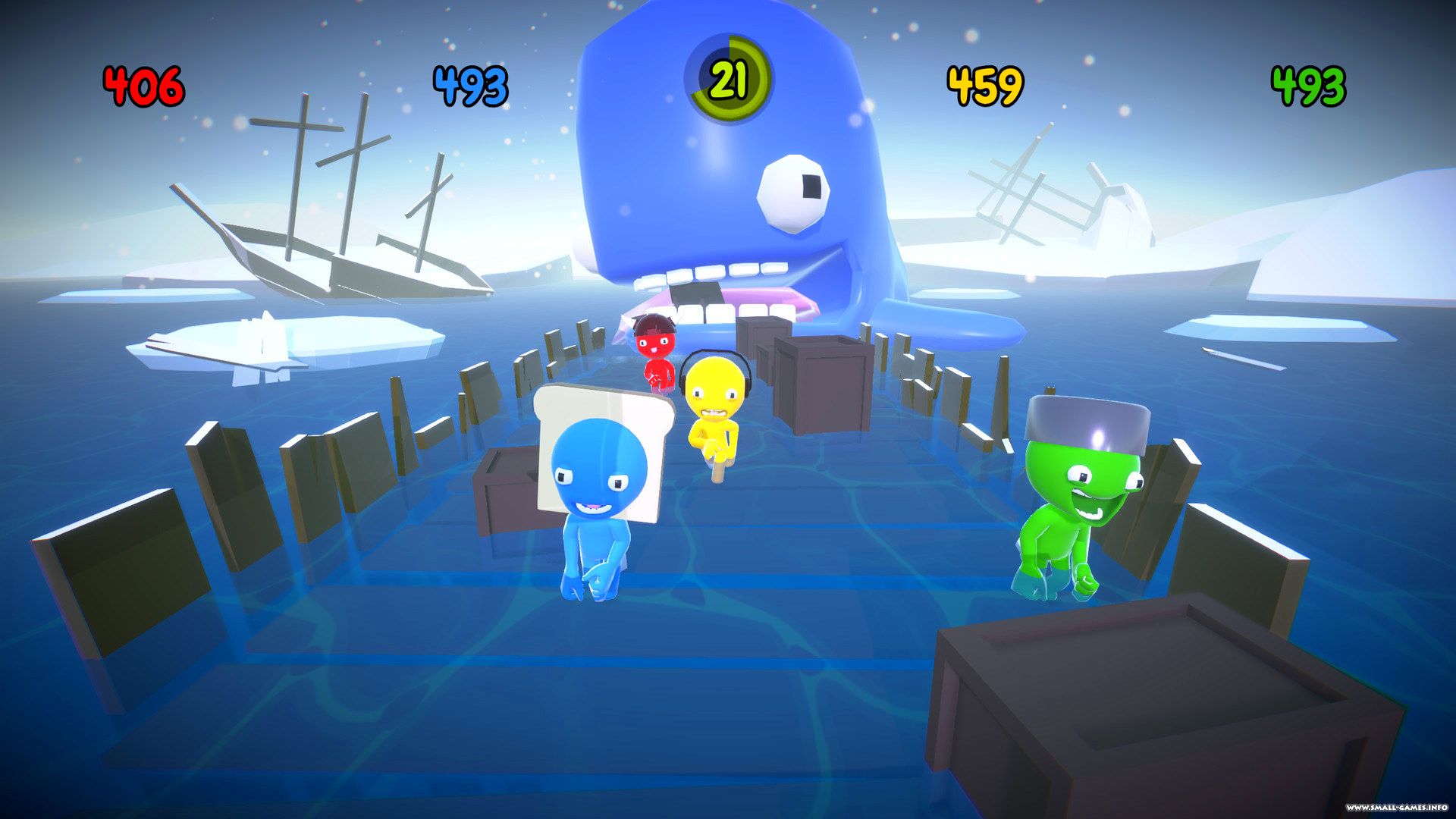


While distracting thoughts are certainly part of it, the real pièce de résistance of an anxiety disorder is the mind-body feedback loop. Worried thoughts lead to worried beliefs, which lead the heart to race, the face to redden and the body to break out in sweat. After the body grows accustomed to producing intense physical responses, they can happen seemingly at random - based simply on a premonition that something bad will happen. “I'm somebody who has had a panic attack at work,” she told me.

“I was sitting at my desk on a Monday morning here at home, doing my work, and all of a sudden I thought I was having a heart attack. It felt like my brain was in one place and my body was sprinting away from me as fast as it could.” “When I hear about that employee having a panic attack at the office, I can't even imagine. “I can't imagine what it would have been like to be the center of attention at an event and have that panic attack occur because, you know, I was not able to think my way out of it.” I mean, I was working alone in my home office - I wasn't on Zoom - and I was mortified at what was happening to me,” Pelletier said. My own anxiety once resulted in me dissociating during a meeting, excusing myself to call my mother and disclosing that I was pretty sure I had “intracranial pressure,” a condition I had Googled my way into awareness of just hours before. With anxiety, there’s knowing you’re being irrational - and then there’s your body telling you to follow your intuition of doom. HR pros can promote employee wellness in a few ways. First, they should understand that mental illnesses like anxiety and depression are, in fact, disabilities.


 0 kommentar(er)
0 kommentar(er)
